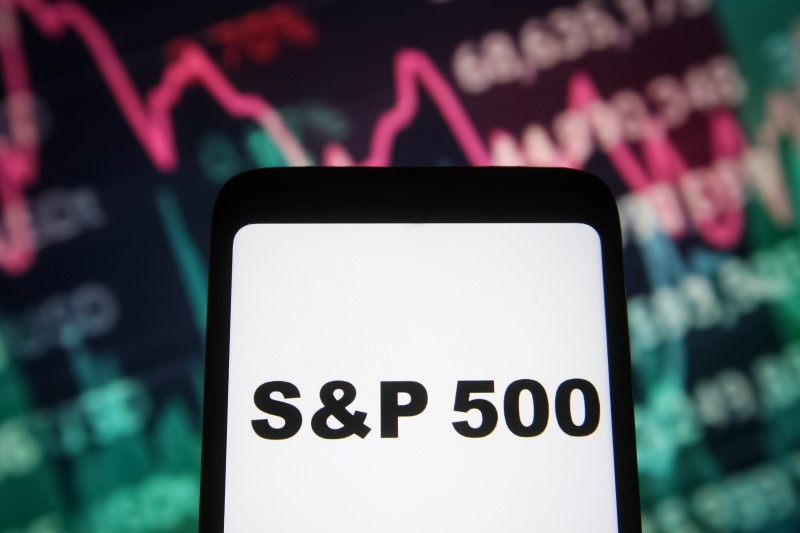High interest rates strain small and midsize US stocks
The Federal Reserve's decision to maintain higher borrowing costs for an extended period is causing a strain on small and midsize US stocks, with the Russell 2000 small-cap index experiencing an 11% decline since its peak in July. The S&P 500 has also seen a 7% decrease over the same period, reflecting the acute impact of rate increases on smaller stocks.
According to analysts, a key factor contributing to the decline in small-cap stocks is the rapid rise in interest costs for smaller companies. Interest expenses for the S&P 600, another small-cap index, reached a record high in the second quarter of this year, marking uncharted territory for small caps. These companies now face the prospect of either persisting high rates or a potential economic recession.
Smaller companies generally have weaker balance sheets than large-cap firms. Debt as a multiple of profits is higher and interest payments consume a larger share of earnings. Particularly for Russell 2000 companies, 30% of their debt stock is floating-rate, which exposes them to a rising rate environment. This is significantly higher than the 6% figure for the S&P 500.
"Rising rates will pinch and defaults are likely to rise," warned Dec Mullarkey, managing director at investment firm SLC Management. He added that smaller companies tend to rely more on bank lending, which has become increasingly restrictive. These firms also face more competition and have less pricing power, which puts pressure on margins as inflation remains high and wages increase.
Compared to large-cap indices like the S&P 500, small-cap indices contain more regional banks and industrials. These sectors typically suffer when investors lower their expectations for economic growth. The Russell 2000 also includes a larger proportion of life sciences firms, many of which are unprofitable, increasing their sensitivity to changes in growth and interest rates.
While larger companies have also felt the impact of higher funding costs, the increase has been more subdued. This is partly due to their lower cost of capital and efforts to extend debt maturities in response to the pandemic. Large-cap firms have also benefited from larger cash reserves, which now generate more interest income thanks to higher rates. Tech companies, in particular, have seen a significant rise in interest income.
Despite current challenges, lower small-cap valuations could potentially attract buyers in the future. Ryan Hammond of Goldman Sachs's US equity strategy team noted that economic growth and starting valuations are crucial factors for Russell 2000 returns. If the economy is heading for a soft landing, as Goldman expects, small caps may still perform well.
This article was generated with the support of AI and reviewed by an editor. For more information see our T&C.












 Bitcoin
Bitcoin  Ethereum
Ethereum  Tether
Tether  XRP
XRP  USDC
USDC  Lido Staked Ether
Lido Staked Ether  Dogecoin
Dogecoin  TRON
TRON  Cardano
Cardano